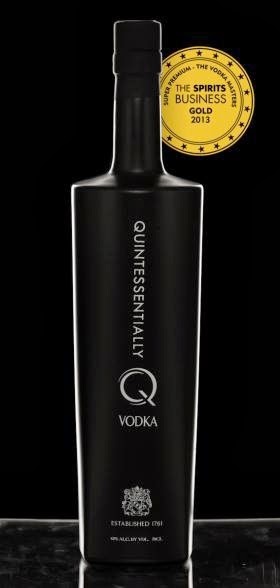The Science Of Food Explored, Explained And Made Exciting!
What makes a
roast potato golden? How does custard thicken? Why is 5OC to 63C the ‘danger
zone’? And is too much sugar bad for a cake?
The science
of cookery is fascinating, and being able to understand and explain why food
behaves in certain ways a crucial part of food technology lessons. But with so
much to know the subject can be daunting.
Award-winning
food teacher Barbara Monks (thecookeryteacher.com) has taken the science and
distilled it into four booklets designed to help lesson planning and accompany
practical cookery sessions.
Each booklet
takes commonly asked question as its theme and title: Is it Done? Is it Thick?,
Will it Work? and Is it Safe? These are answered in straightforward,
jargon-free explanations of the science of browning, thickening, how
ingredients work together and food safety.
The booklets
offer teachers, and their students, informative insights into ingredients and
processes, allowing them to develop creative, technical and practical
expertise.
Is it Done?
Looks at the scientific changes that take place between ingredients as they are
cooked. The colour of food, its texture and smell all indicate whether it is
properly cooked, and the different processes behind those features are explored
in this booklet - including the secret of the golden roast potato (its starch
content). Cooking methods are also explained, opening up opportunities for
students to consider not just the food they are cooking but the equipment they
use.
Is it Thick?
Focusses on the viscosity of foods and the different thickening agents that
give texture. The amounts used, and how they are applied, can make the
difference between a perfect custard and a lumpy one. It also looks at the processes, such as
gelatinisation and coagulation.
Will it Work?
Is the important explanation of the route to culinary success! This booklet
looks at how and why ingredients work together or against each other and the
ways to affect texture, flavour and smell.
A
‘fault-finder’ section addresses common problems (such as the sunken
sugar-laden cake) and descriptions and explanations will help students make
crucial decisions as they design their recipes and evaluate their success.
Is it Safe?
Takes a close look at food safety and hygiene in the kitchen. From preparation
to cooking to storage this booklet equips teachers and students with an
understanding of the basic principles. It also looks at allergies and
intolerances.
And a
comprehensive list of additives unlocks the secrets of the E numbers. A section
on food poisoning describes the most common micro-organisms whilst a look at
fridge temperatures reveals the perfect temperature for bacteria to multiply –
the danger zone of 5OC to 63OC.
Barbara
explains the thinking behind the booklets: “Food teaching is a huge subject and
the science forms the building blocks.
As teachers we all aspire to inspire, and I believe it’s possible to
instil a love of cooking based on those building blocks of thorough knowledge.
Once the processes are understood students can improvise, discover and create.
And hopefully they will take their knowledge from classroom to their kitchens,
so their academic achievements have a positive effect at home too.”
Quote from
happy teacher?
The 16pp
booklets are printed on classroom and kitchen-friendly hard wearing paper and
cost £12.50 for the set (including including P&P and Paypal fee). They are
available from barbaramonks@yahoo.co.uk.
Barbara’s
website www.thecookeryteacher.com also has a wealth of practical information,
recipe ideas and foodies insights to help lesson planning.




Comments
Post a Comment